Bangladesh's Historic Shift: The Rise and Fall of Sheikh Hasina 🇧🇩

In August 2024, Bangladesh witnessed a transformative moment in its history as Sheikh Hasina, often termed a dictator, fled the country after 15 years of rule. This blog delves into the events leading to her departure, the role of student protests, and the implications for Bangladesh's future. It highlights the resilience of the youth and the potential for a new beginning in the nation.
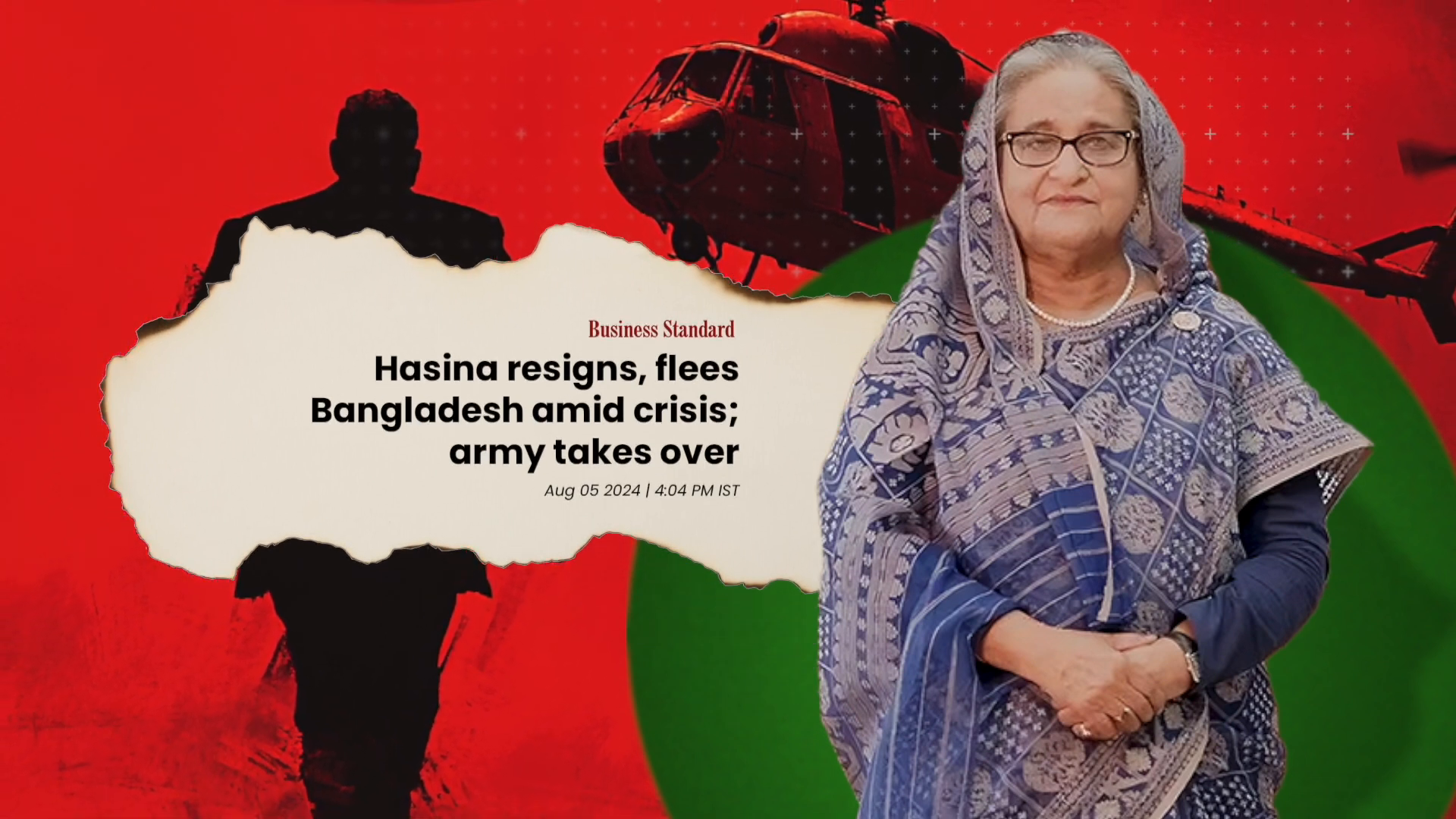
🔍 The Context of Sheikh Hasina's Rule
Sheikh Hasina's regime has been characterized by authoritarian governance, suppression of dissent, and manipulation of democratic processes. Her government faced increasing discontent, especially among students who felt marginalized by her policies. The introduction of a controversial quota system reignited protests, showcasing the growing frustration within the youth.
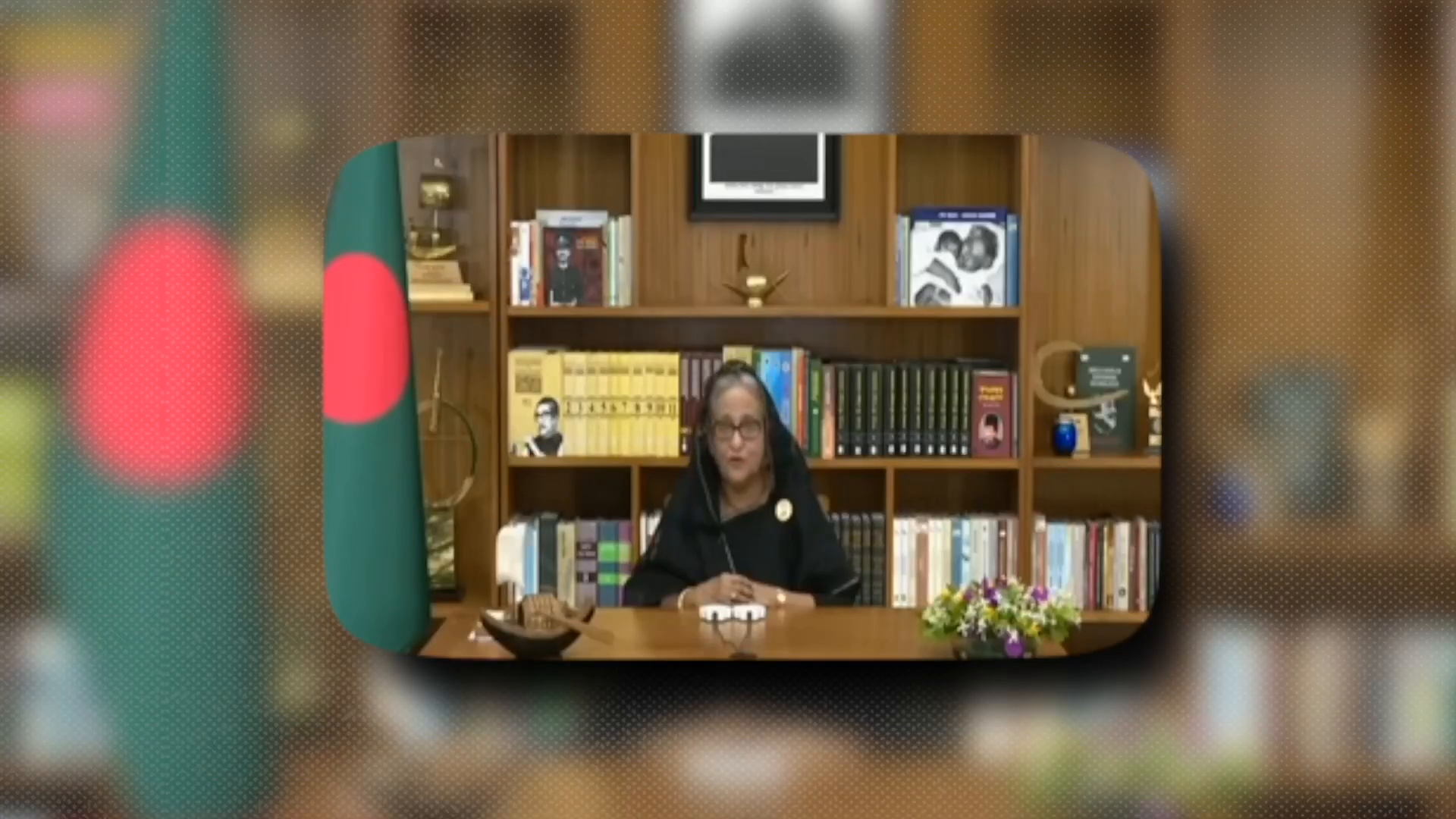
📉 The Quota System Controversy
In 2018, a quota system was abolished, but it was reintroduced under Hasina's administration. This system disproportionately favored a small percentage of the population, leading to widespread protests among students demanding its reform. The students argued that this quota was a tool for nepotism, enabling Hasina to appoint loyalists in civil services.
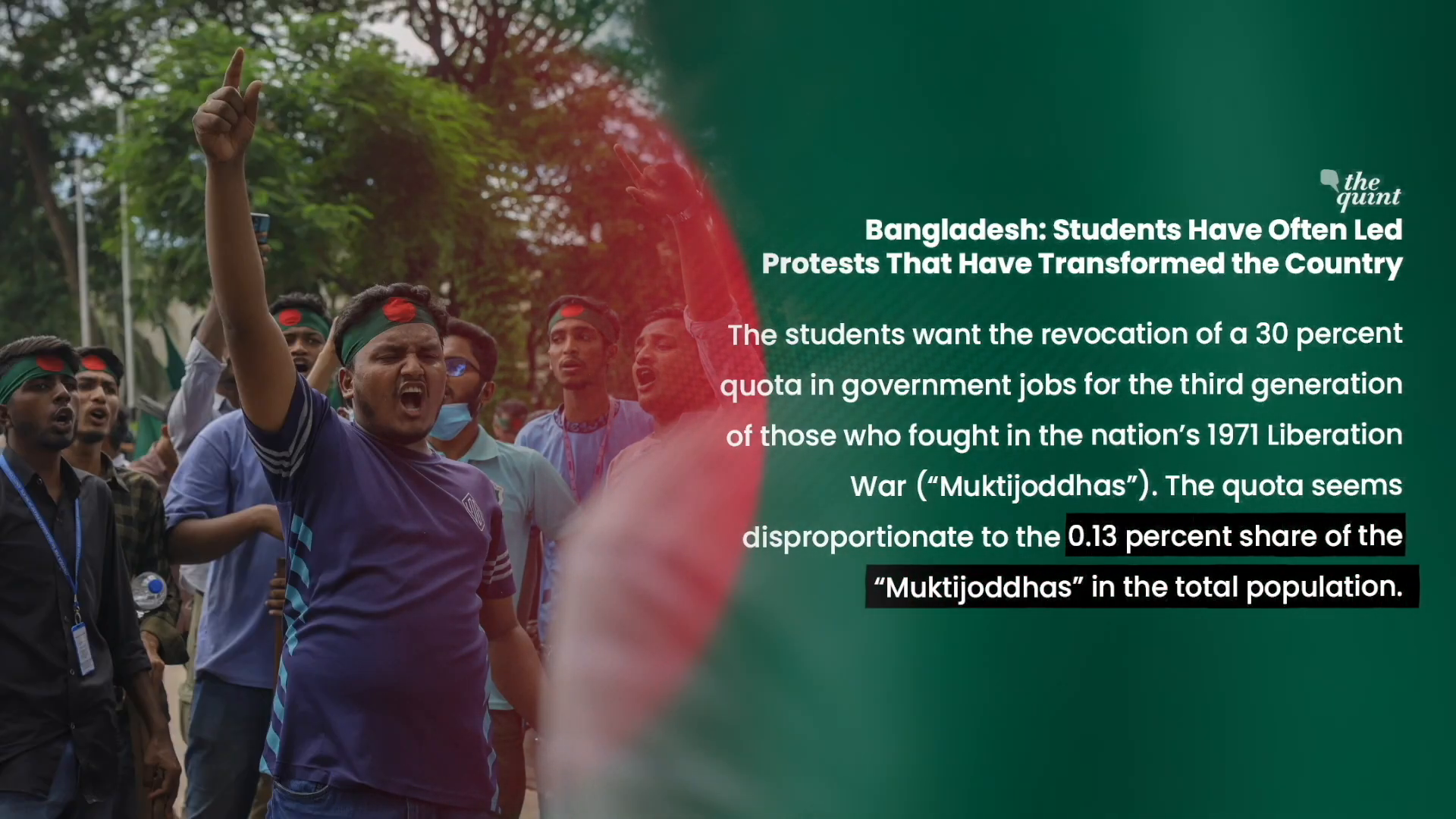
- Quota system reintroduced in 2024
- Favoritism in government jobs
- Students rallying for justice
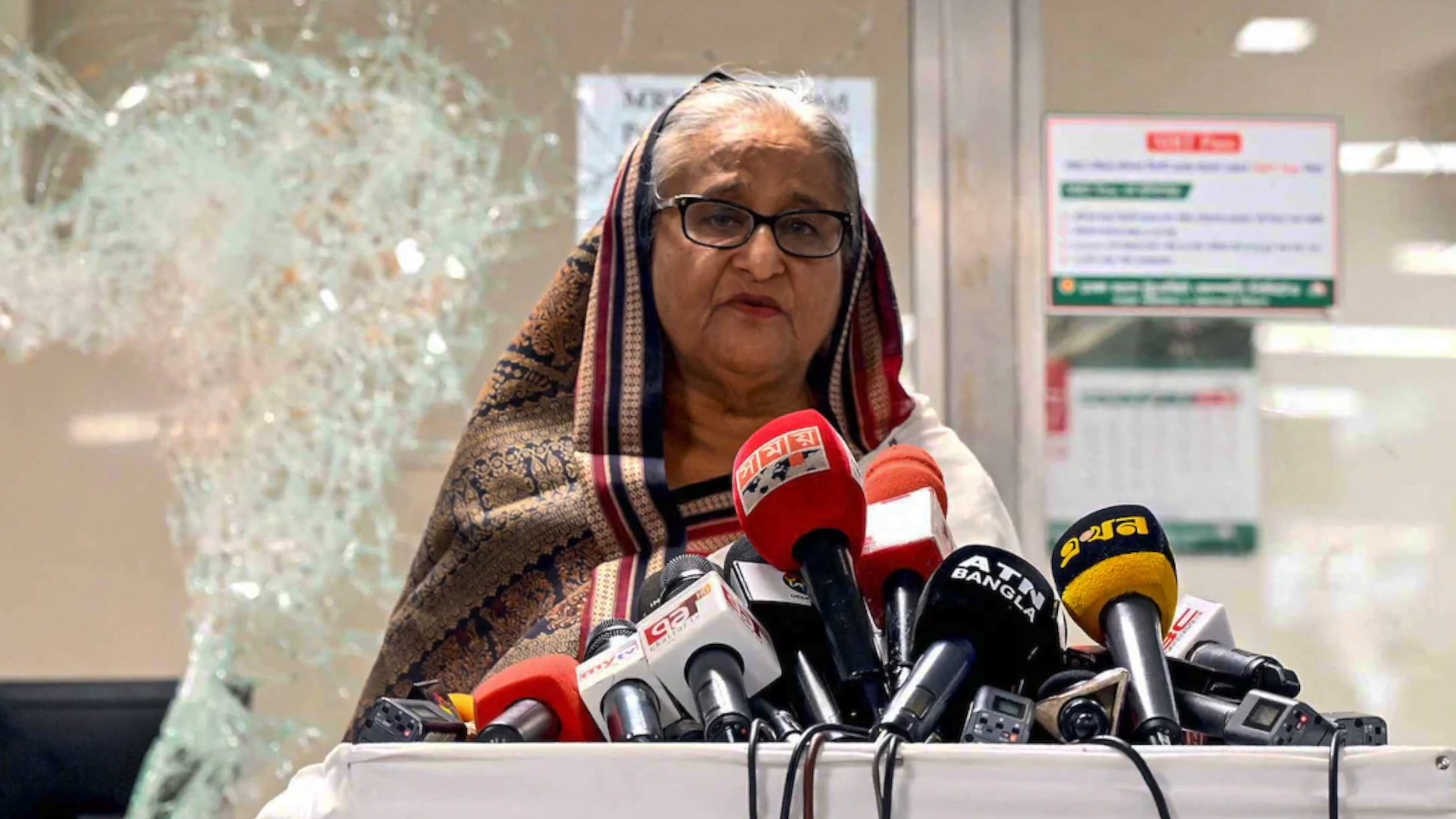
✊ The Rise of Student Protests
The protests escalated as students faced brutal crackdowns from the government. The Awami League's student wing, the Chhatra League, engaged in violent reprisals against protesters, leading to significant casualties. The situation highlighted the students' determination to fight for their rights and push back against authoritarianism.
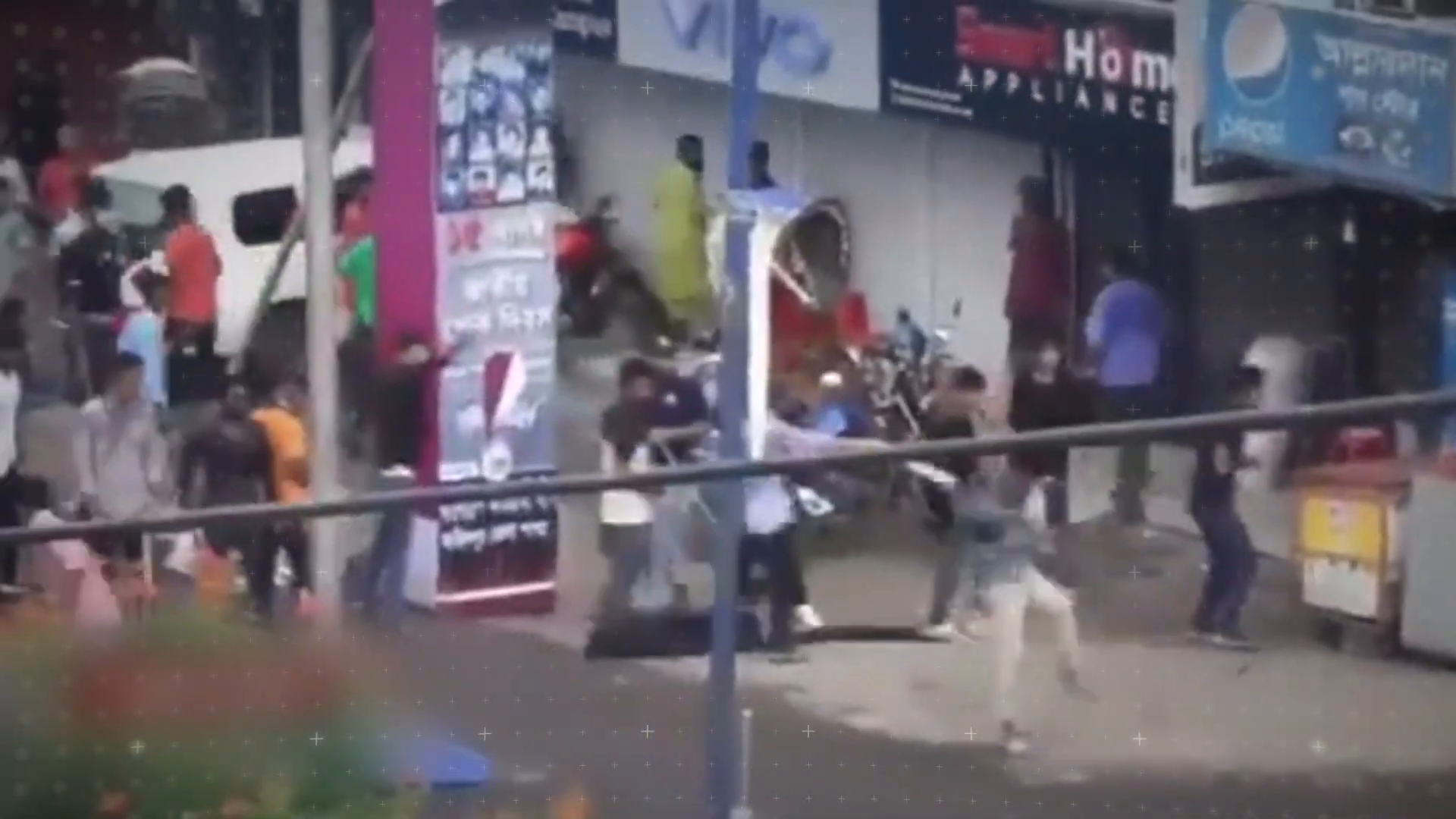
📊 The Impact of Violence
Reports indicated that during the protests, hundreds were killed or injured, with the official count often underestimating the true toll. The students, however, remained undeterred, vowing to continue their fight against oppression.
| Incident Date | Reported Casualties | Nature of Incident |
|---|---|---|
| August 4, 2024 | 100+ killed | Police crackdown on peaceful protests |
| August 5, 2024 | 200+ injured | Violence escalates in Dhaka |
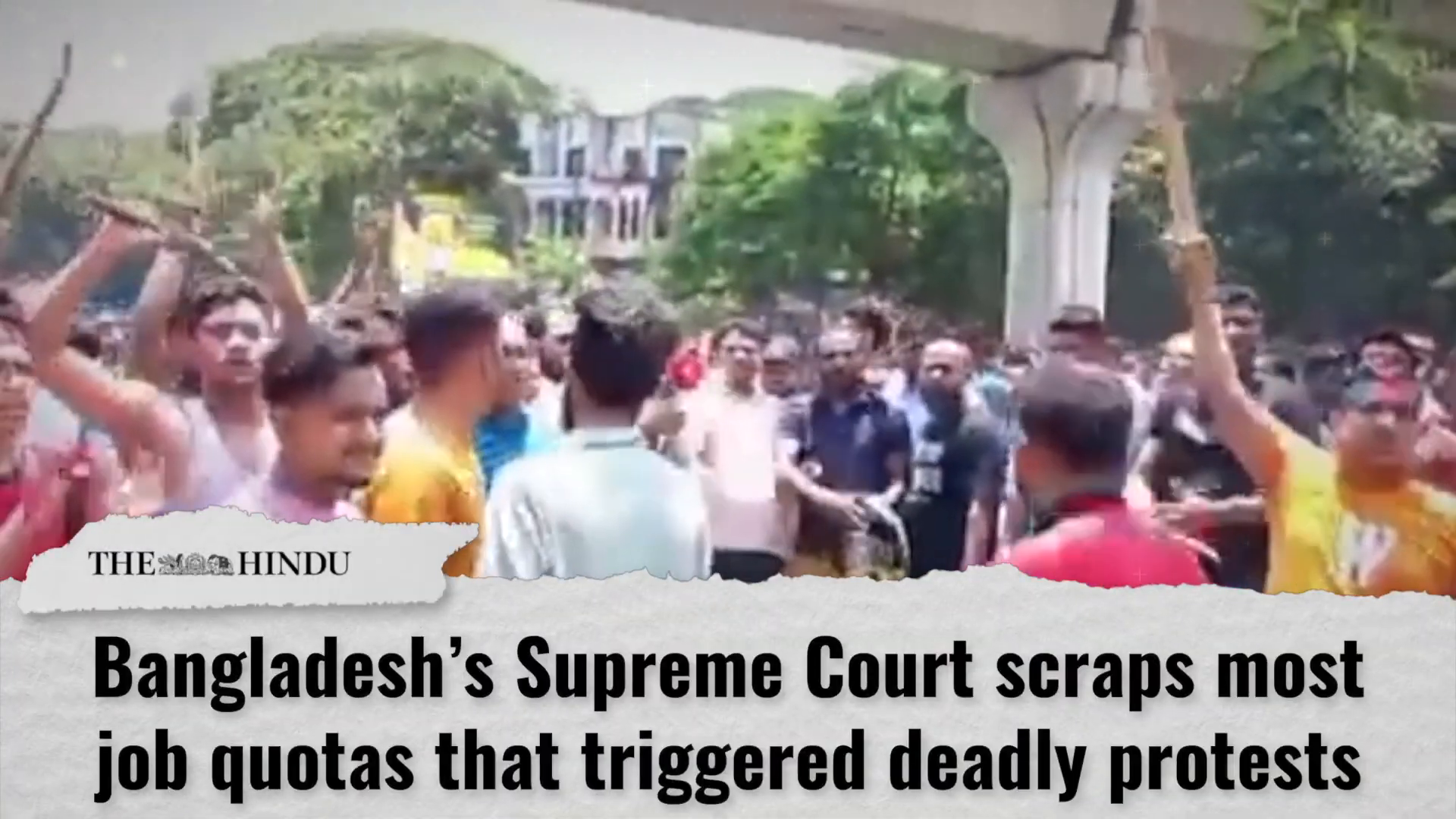
🔥 The Final Days of Sheikh Hasina's Regime
As protests intensified, the situation reached a boiling point. On August 4, 2024, what became known as "Bloody Sunday" marked the turning point for Hasina's rule. The students called for a rally, but Hasina's supporters clashed violently with them, resulting in a major escalation of violence.
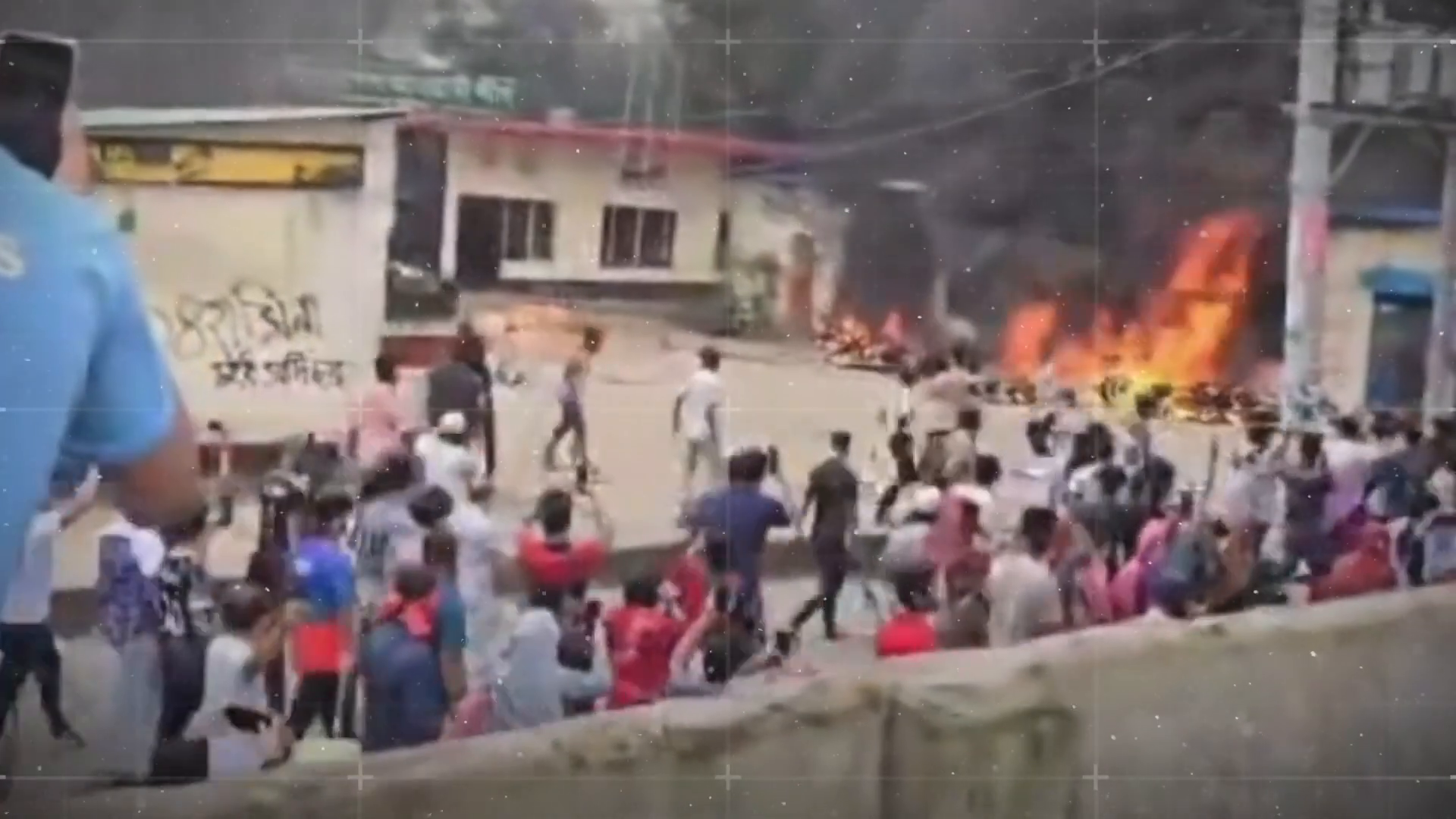
⚔️ The Role of the Army
In a surprising turn, the Bangladeshi army declared they would not fire on protesters. This pivotal decision signaled a shift in power dynamics and provided hope to the demonstrators. The army's stance was crucial as it indicated a potential change in support away from Hasina's regime.
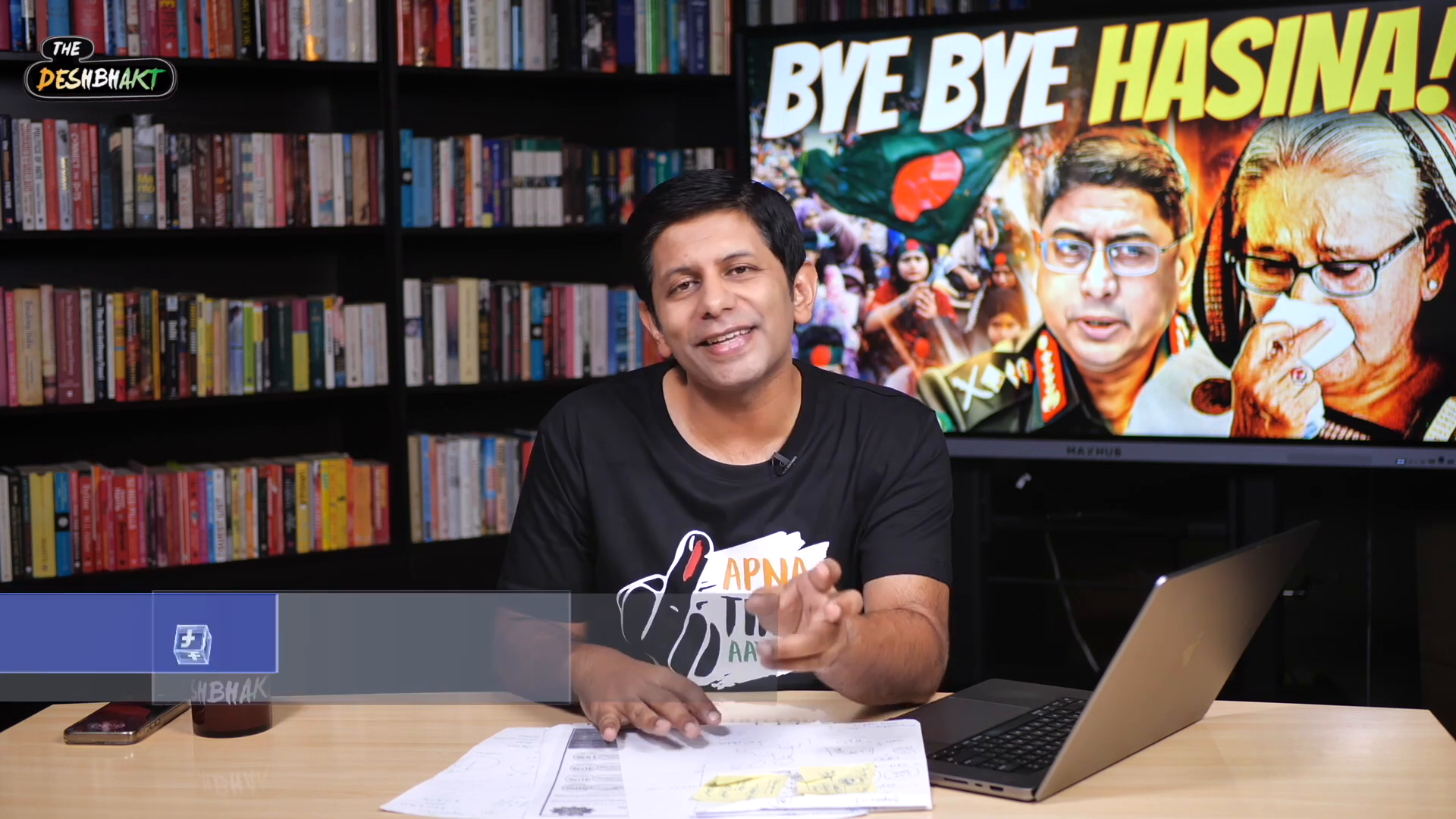
🚨 The Confrontation and Aftermath
Following the violent clashes, the government imposed a curfew and shut down internet access, fearing further unrest. However, the students were resolute, rallying more people to Dhaka, demanding Hasina's resignation. The atmosphere was charged with anticipation as the nation awaited a resolution.
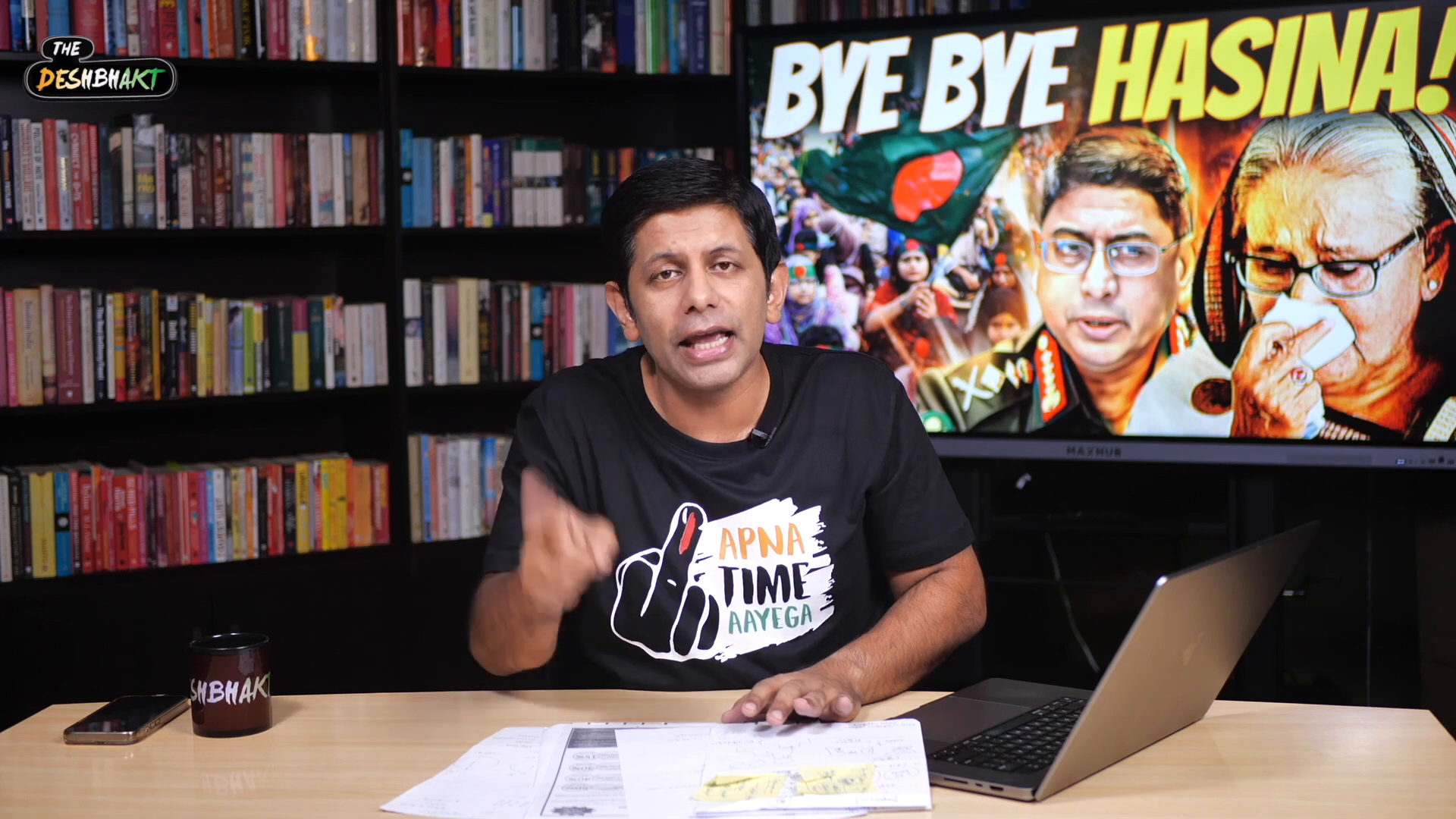
🎉 The Moment of Resignation
On August 5, 2024, news broke that Sheikh Hasina had resigned and was fleeing the country, marking a historic moment for Bangladesh. Celebrations erupted as people took to the streets, declaring a second independence for the nation. The army chief called for unity and healing, emphasizing the need to move forward from the violence.
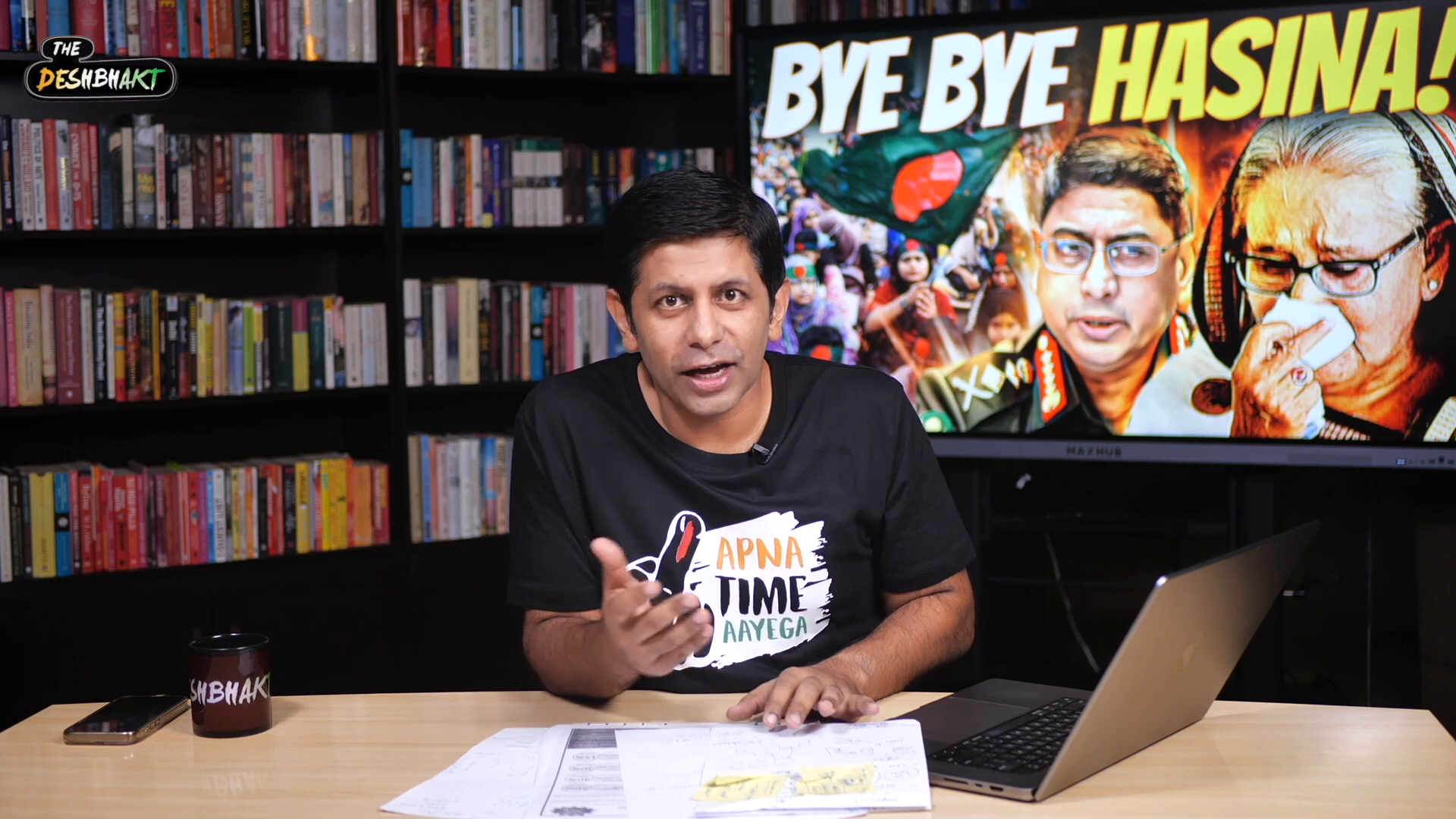
🌅 A New Dawn for Bangladesh?
The resignation of Sheikh Hasina opens up a new chapter for Bangladesh. However, challenges remain. The interim government must navigate through the aftermath of the protests and address the demands of the people while ensuring stability. The role of student groups will be crucial in shaping the political landscape moving forward.
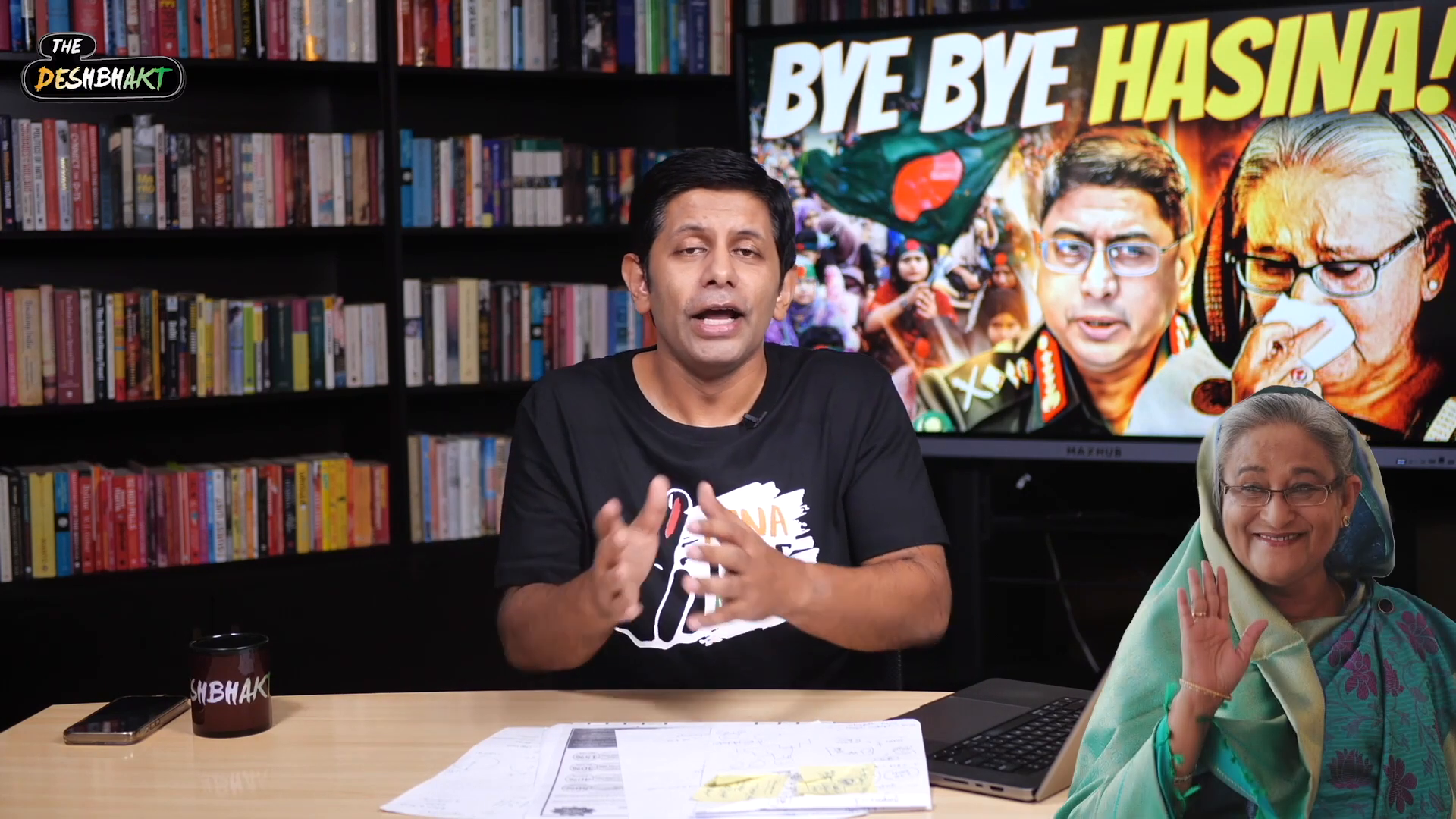
📈 The Path Ahead
As Bangladesh moves forward, the focus must be on establishing a truly democratic system. The interim government has a significant responsibility to ensure that the rights of all citizens, especially minorities, are protected. The students who fought bravely against oppression should be included in the new political framework.
- Establish a democratic framework
- Protect minority rights
- Engage youth in governance
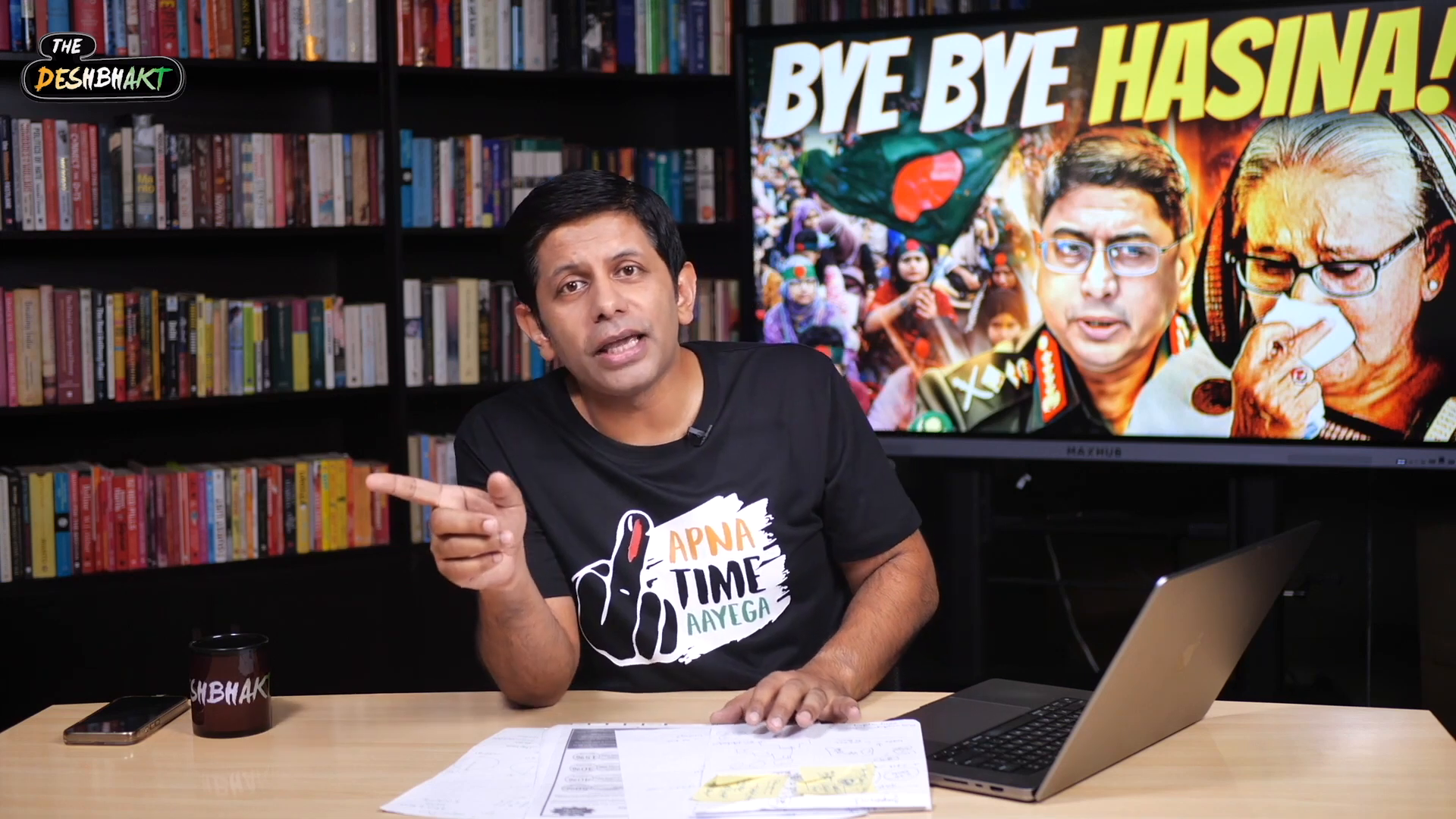
🤝 Conclusion: The Student Revolution
The events of August 2024 have shown the power of student activism in challenging authoritarian regimes. The resilience and determination of the youth in Bangladesh have sparked hope for a better future. As the nation rebuilds, it is essential to listen to the voices of its younger generations and ensure their involvement in shaping the new Bangladesh.
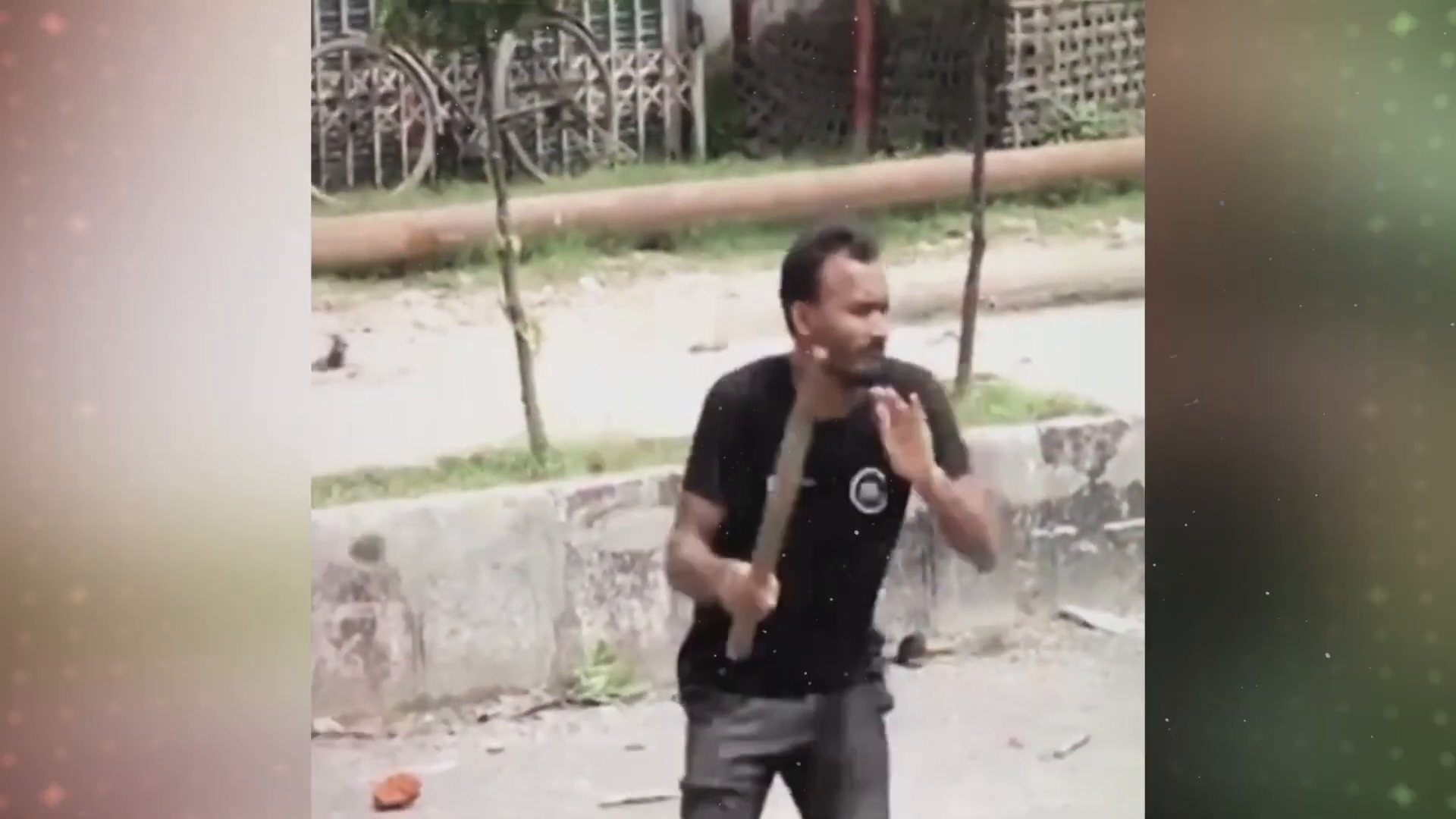
For more insights on the political landscape in Bangladesh, you can watch the related videos on Part 1 and Part 2. Additionally, stay updated with political satire and discussions on The Deshbhakt - YouTube.

0 Comments